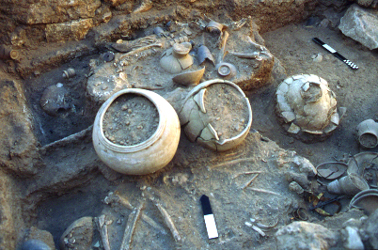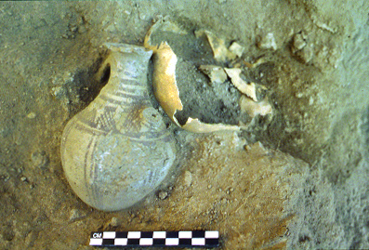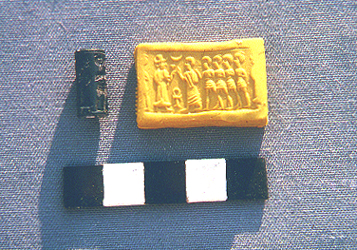Umm el-Marra, a regional center founded in the period of urban emergence and occupied throughout the Bronze Age, provides a document of the changing fortunes of a west Syrian Bronze Age center and affords insight into the transformations of the society it was part of. Although the identification of Umm el-Marra with Tuba has not yet been proven, it remains probable given the existence of a wealthy elite at the site in the Early Bronze Age, the community’s resurgence in the Yamhad period, and its abandonment by the end of Late Bronze, the latest period in which Tuba is mentioned.
In our next stage of research, we hope to continue the excavation of the Umm el-Marra Acropolis Center, investigating the Early Bronze elite tomb complex and the Middle Bronze platform above it, acquiring new evidence on elite ideology, mortuary behavior, and communal ritual in the third and second millennia BC. In addition, the lower parts of the tell require further investigation to complement the results on the acropolis.




